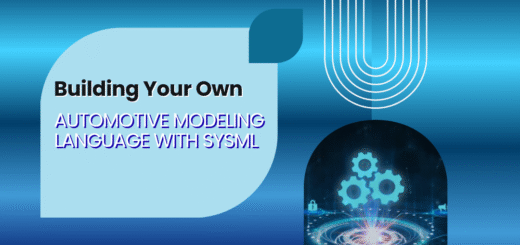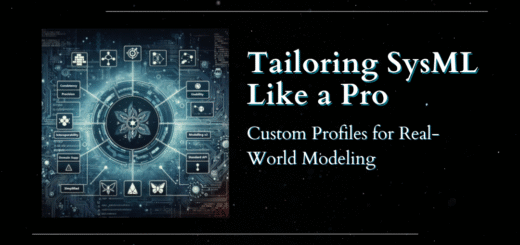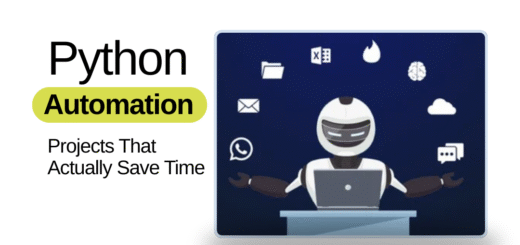Fitting AI Into the Puzzle: Making DeepSeek Work Within Your Systems
Bringing an AI platform like DeepSeek into your organization isn’t about launching a flashy new tool—it’s about weaving intelligence into the fabric of your daily operations. The goal isn’t just to use AI—it’s to make it a natural, responsive part of how your company already works.
Here’s how to integrate DeepSeek smoothly into data pipelines, development cycles, cloud environments, and live systems—without causing disruption.
1. Connect to Your Data Flow
Your data already moves through pipelines—from warehouses, real-time streams, apps, and CRM systems. DeepSeek shouldn’t sit outside this flow. It should tap directly into it.
- Identify Touchpoints:
Don’t force your data to detour. Instead, plug DeepSeek in where it makes the most sense:- Pre-process: Clean, label, or enrich data before it hits your lake.
- Mid-process: Generate features or predictions during transformation.
- Post-process: Analyze outputs or monitor model performance.
- Example: Real-Time Customer Sentiment
Imagine you use Kafka for streaming event data. You can inject a DeepSeek inference service directly into the stream to score customer messages for urgency before they even reach your support team.
python
from deepseek import stream_processor
from kafka import KafkaConsumer
consumer = KafkaConsumer(‘customer-messages’)
processor = stream_processor.load_model(‘sentiment_urgent_v2′)
for message in consumer:
score = processor.predict(message.value)
if score > 0.8:
alert_team(message, level=’high_priority’)
2. Embed Into DevOps—Make AI a Team Player
If your engineering team already uses CI/CD, containers, and infrastructure-as-code, treat DeepSeek models like any other deployable service.
- Version Control for Models:
Store model weights, training scripts, and configs in Git. Tag releases just like app code. - Automated Testing & CI Pipelines:
Include model validation as a CI step. For example, run accuracy, drift, or fairness checks before approving a deployment.
yaml
# Example GitHub Actions CI snippet for model testing
– name: Test Model Performance
run: |
python validate_model.py \
–model-path ./models/text-classifier-v3 \
–test-data ./datasets/validation-20231027.json
# Fail CI if F1-score < 0.92
- Containerize for Portability:
Package each model with its dependencies into a Docker container. This ensures it runs identically from a developer’s Mac to a production Kubernetes cluster.
3. Deploy Flexibly Across Cloud + Edge
Not every model belongs in the cloud. Some need to run locally for latency, cost, or privacy reasons. DeepSeek supports hybrid deployment strategies.
- Cloud Deployment (e.g., AWS SageMaker or GCP Vertex AI):
Best for batch inference, large models, or rapidly changing workloads. - Edge Deployment (e.g., Docker on IoT devices or on-prem servers):
Essential for real-time use cases like manufacturing defect detection or offline retail analytics. - Example: Predictive Maintenance
A factory equips machinery with sensors. A small, quantified DeepSeek model runs right on the edge device, predicting failures in real time—without depending on a stable internet connection.
4. Keep Models Alive In Production
Deployment isn’t the finish line. Models decay as data changes. You need to monitor, retrain, and redeploy—automatically.
- Track Model Health:
Monitor prediction drift, data quality, and business KPIs. Set up alerts for when performance dips. - Automated Retraining:
Use pipelines that trigger model retraining when drift is detected or new ground-truth data arrives.
python
# Pseudocode: Drift-triggered retraining
if detect_drift(live_data, baseline_data):
new_model = retrain_model(training_data + new_labeled_data)
if validate(new_model):
deploy.canary_release(new_model)
5. Connect to the Tools Your Team Already Uses
Adoption is about familiarity. Don’t force your team into a new UI. Bring DeepSeek to them:
- Slack/Microsoft Teams Integration:
Allow analysts to trigger model predictions or get alerts directly in chat. - BI Tool Integration (Tableau, Power BI):
Embed model insights as calculated columns or visualizations. - CRM Integration (Salesforce, HubSpot):
Score leads, predict churn, or personalize messaging in real time.
Conclusion: AI That Works With You—Not Against You
Integrating AI isn’t a one-time project. It’s a shift in how your systems behave—from static and rule-based to adaptive and intelligent.
The most successful companies aren’t those with the biggest AI models—they’re the ones that embed AI so seamlessly that it feels like a natural extension of their team.
With DeepSeek, you’re not just deploying models. You’re building a smarter, more responsive system—one that learns from your data, scales with your infrastructure, and evolves with your business.


